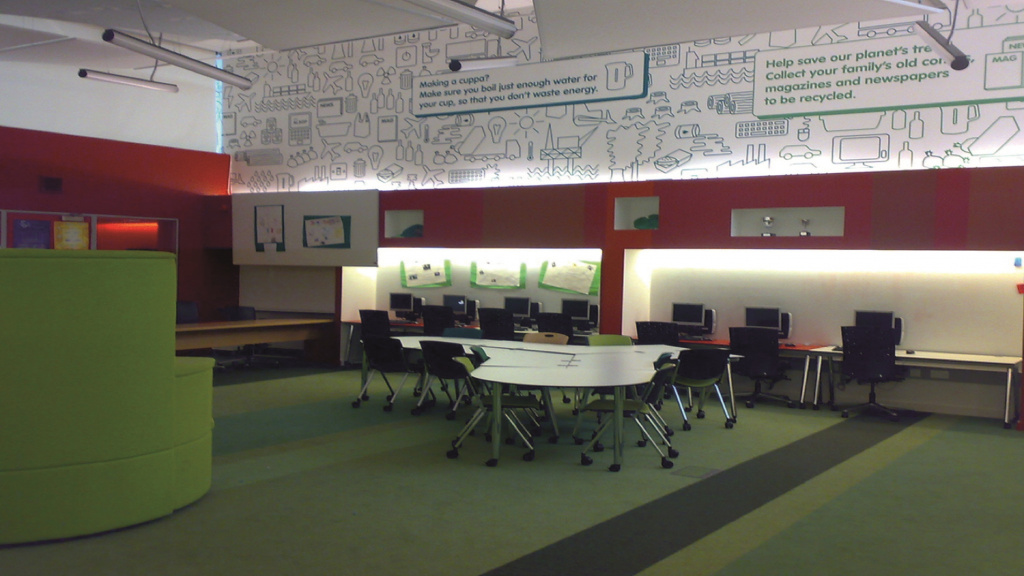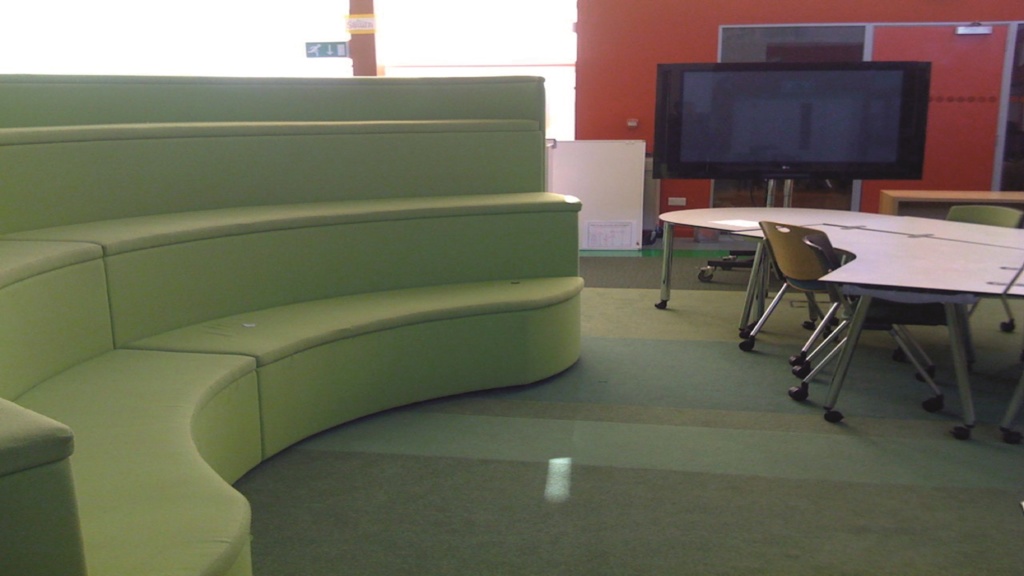
These days global problems seem to appear faster than we can solve them. Climate change is making its mark felt with winter temperatures in the arctic at over 20 degrees and snow in Hawaii reported. Meanwhile it is the global economy that continues to preoccupy policy makers and politicians. It no longer appears to be the generator of wealth for all that it once was – at least in the West. The knock-on effects for ordinary people have been both economic and political. At the economic level the lack of earnings growth has been described as the worst since 1860 by Mark Carney, the governor of the Bank of England. Politically too there has been a cost with a marked rebellion against the old order and the rise of populist solutions – think Brexit and Trump and the challenge from the far right in Europe.
All of this points to the end of one era with no clear sightings about what the future might look like. Into this mix we can also add the rise of machine intelligence displacing large numbers of traditional jobs as it gathers pace over the next couple of decades. In many ways these are both the best of times - with increased life expectancy and large numbers of people taken out of poverty globally – and yet the worst of times as we are confronted with the challenges noted above.
Joseph Tainter, an American anthropologist, argues that civilisations are essentially ‘problem solving machines’ and when they fail to solve large scale economic problems then they fall apart. There are probably no laws of history but what we can see repeated, time after time, is a tendency to look backward to solve problems rather than forward. Such behaviour was summarised succinctly by the American sociologists R S and H M Lynd writing in Knowledge for What (1939): ‘Elderly people in our culture are frequently oriented towards their past, the time of their vigor and power, and resist the future as a threat. It is probable that a whole culture in an advanced stage of loss of relative power …may thus have a dominant orientation towards a lost golden age, while life is lived sluggishly along in the present.’1
All this may seem a long way removed from school design but I would argue that it is not. For education like no other area, context is king. We have to prepare our children for a new world not yet invented. And we have to be smarter about what we do and more cost effective than in the past. We also need more students educated to a higher level as more sophisticated outlooks and abilities are required by our increasingly complex societies. Education is mostly a ‘tradition directed’ activity: we do it the way we always did it: one teacher and thirty or so children learning a traditional knowledge based curriculum.2 Innovation is a bolt-on never a redesign.
A little over ten years ago now, I began to challenge educational thinking by designing larger space learning. The spaces we called plazas and were set up as laboratories to learn from. Three secondary schools in Maidstone were the sites for this experiment. The idea was to design a space that was larger – initially for 90 students, but later for up to 120. Could we design a space where seating, lighting, noise reduction and technology could all be combined? And could we change the nature of teaching: one teacher leading a lesson introduction for a whole group?

To achieve this we brought together a team of lighting experts, acousticians, furniture designers and technology aficionados to collectively build a solution. The result was plaza one at the then Oldborough Manor School with its unique green ‘banana’ seating.